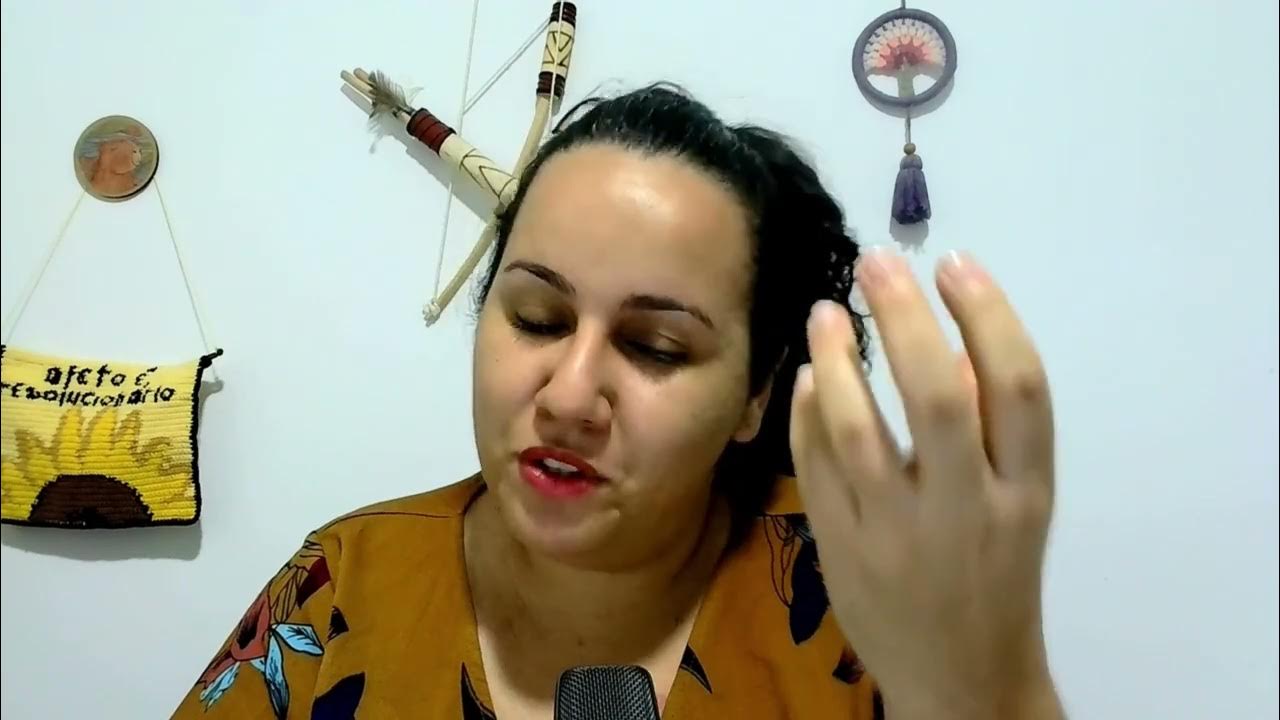Bone Remodeling and Modeling
Summary
TLDRThe human skeleton undergoes significant changes throughout life, with bone formation and growth occurring in childhood, followed by a gradual loss of bone density starting in early adulthood. This process involves osteoclasts, which break down bone, and osteoblasts, which rebuild it. Remodeling and modeling are key processes that maintain bone strength and structure. After age 30, bone mass typically declines due to decreased osteoblast activity. Factors such as medication, nutrition, and physical activity can influence bone health, emphasizing the importance of staying active and well-nourished to prevent bone loss and fractures.
Takeaways
- 👶 The skeleton changes throughout the human lifespan, with bone formation and growth in childhood.
- 🧓 Gradual bone density loss begins in early adulthood and can accelerate significantly in older adults.
- 🔬 Bone density is regulated by osteoclasts, which resorb bone, and osteoblasts, which refill the resorption cavities.
- 🧪 Osteoclasts create an acidic environment that dissolves bone minerals and remove the collagenase bone matrix.
- 🧱 Osteoblasts produce and deposit osteoid, a collagen-rich matrix that mineralizes to form new bone.
- 🏗️ Some osteoblasts become osteocytes, while others undergo apoptosis or revert to lining cells, completing bone remodeling.
- 🏋️ Bone modeling increases bone mass without prior resorption and is important for bone growth and strength maintenance.
- 🦴 After age 30, bone mass loss occurs due to decreased osteoblast activity compared to osteoclasts.
- 💊 Factors like medications, nutrition, and physical activity impact bone remodeling and bone density.
- ⚠️ Staying active and maintaining good nutrition are crucial for preventing bone mass loss and reducing fracture risk.
Q & A
How does the human skeleton change across the lifespan?
-The human skeleton changes through bone formation and growth during childhood, followed by a gradual loss of bone density starting in early adulthood, which can accelerate in older adults.
What are the primary cells involved in bone density modulation?
-The primary cells involved in bone density modulation are osteoclasts, which resorb bone, and osteoblasts, which refill the resorption cavities created by osteoclasts.
What is the sealed zone and its role in bone resorption?
-The sealed zone is a microenvironment created by osteoclasts when they anchor to the bone surface. Within this zone, osteoclasts create an acidic environment that dissolves the bone's mineral content.
How do osteoclasts dissolve the mineral content of bone?
-Osteoclasts dissolve the mineral content of bone by creating an acidic environment within the sealed zone, which facilitates the dissolution of the bone's mineral content.
What is the process following the dissolution of bone mineral content?
-After the mineral content is dissolved, enzymes released from osteoclasts remove the remaining collagenase bone matrix to complete the resorption process.
What is osteoid and what is its role in bone formation?
-Osteoid is an organic matrix produced by osteoblasts, predominantly made of collagen. It forms a scaffold for minerals like calcium and phosphate to crystallize, which is a crucial step in bone formation.
What happens to active osteoblasts after they produce osteoid?
-Some active osteoblasts become trapped within the matrix and secrete, thereby becoming osteocytes. Others may undergo apoptosis or revert back to lining cells, which cover the bone surface.
What is the difference between bone remodeling and bone modeling?
-Bone remodeling is the cycle of bone resorption and formation, while bone modeling is the process of bone formation by osteoblasts without prior resorption by osteoclasts, leading to an increase in bone mass.
Why is bone remodeling important during bone growth?
-Bone remodeling is important during bone growth as it optimizes the growing structure by removing old bone and replacing it with new bone, maintaining bone strength.
What happens to bone mass after the age of 30 in most people?
-After the age of 30, most people experience a gradual loss in bone mass due to a relative decrease in the activity of osteoblasts compared with osteoclasts.
What factors can impact the process of bone remodeling and bone loss?
-Factors that can impact bone remodeling and bone loss include medications like glucocorticoids, which promote osteoclast activity and reduce bone formation, as well as proper nutrition and physical activity that can strengthen bone.
How do osteocytes contribute to bone density?
-Osteocytes form a complex network in bone that can sense increased workload and respond by triggering the differentiation and activity of osteoblasts to increase bone density.
What happens to bone during long-term bedrest?
-During long-term bedrest, bone experiences reduced loading conditions, leading to increased resorption and remodeling to eliminate underloaded bone.
Why is it important to stay active and maintain good nutrition throughout life?
-Staying active and maintaining good nutrition are important to prevent loss of bone mass, which reduces bone strength and increases the risk of fracture.
Outlines

Esta sección está disponible solo para usuarios con suscripción. Por favor, mejora tu plan para acceder a esta parte.
Mejorar ahoraMindmap

Esta sección está disponible solo para usuarios con suscripción. Por favor, mejora tu plan para acceder a esta parte.
Mejorar ahoraKeywords

Esta sección está disponible solo para usuarios con suscripción. Por favor, mejora tu plan para acceder a esta parte.
Mejorar ahoraHighlights

Esta sección está disponible solo para usuarios con suscripción. Por favor, mejora tu plan para acceder a esta parte.
Mejorar ahoraTranscripts

Esta sección está disponible solo para usuarios con suscripción. Por favor, mejora tu plan para acceder a esta parte.
Mejorar ahoraVer Más Videos Relacionados

How Our Bodies Grow: Physical Development from Childhood to Adulthood. Free PDF Mind Map Download

Semana 1 - Parte 1

MSK Skeletal System Basics - Bone Formation

Six Months in Space Leads to a Decades Worth of Bone Loss

Lecture 10 Intro to the Skeleton

Tahap Pertumbuhan pada Manusia - IPAS Kelas 5 SD - Kurikulum Merdeka
5.0 / 5 (0 votes)
